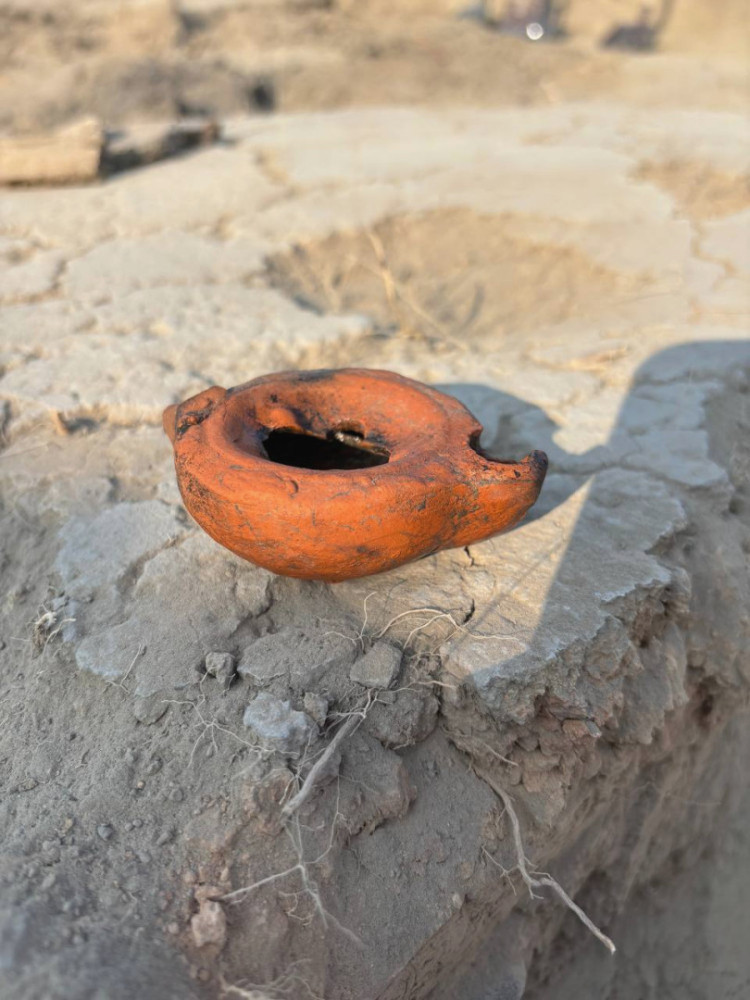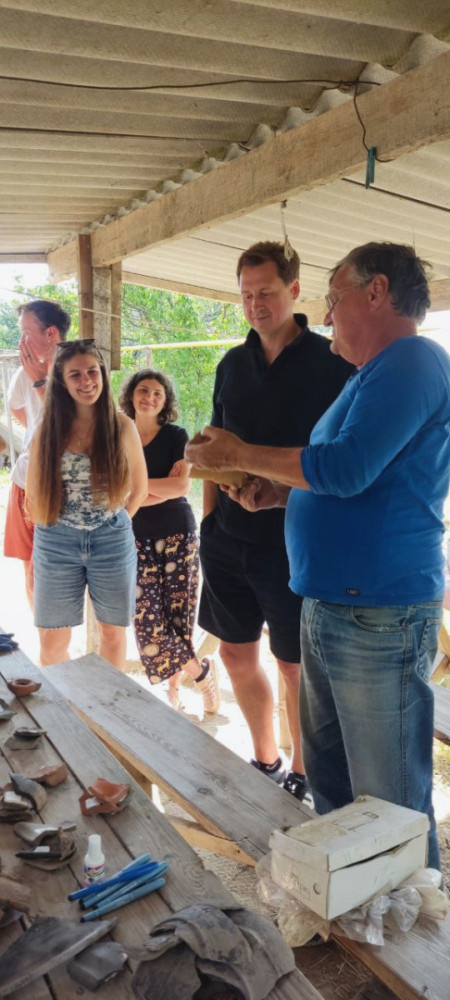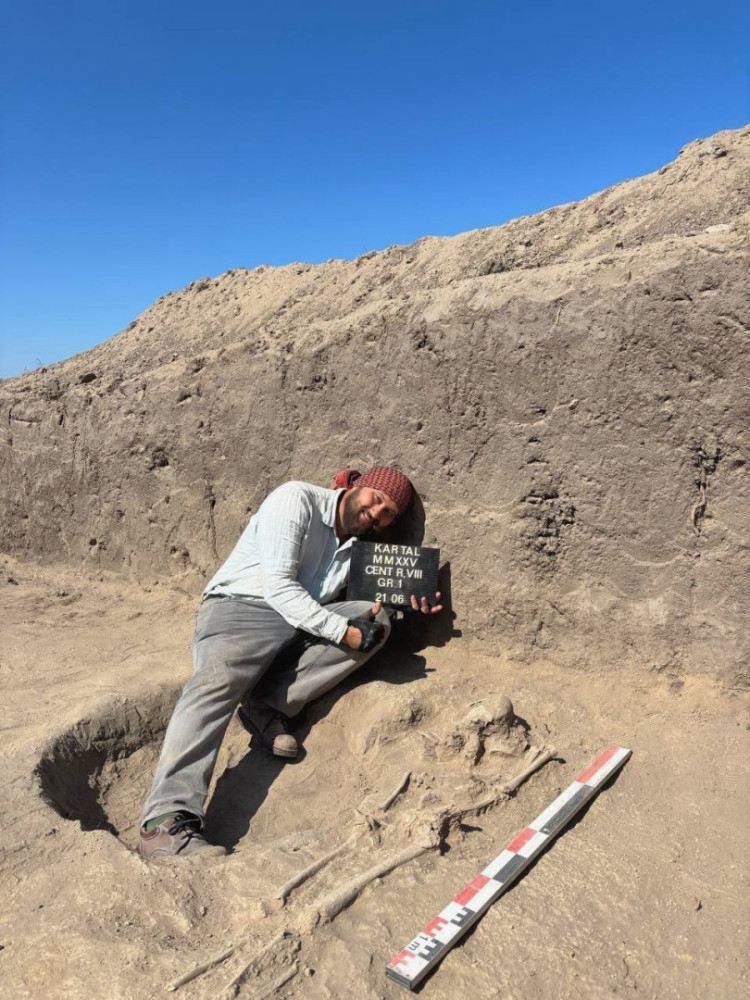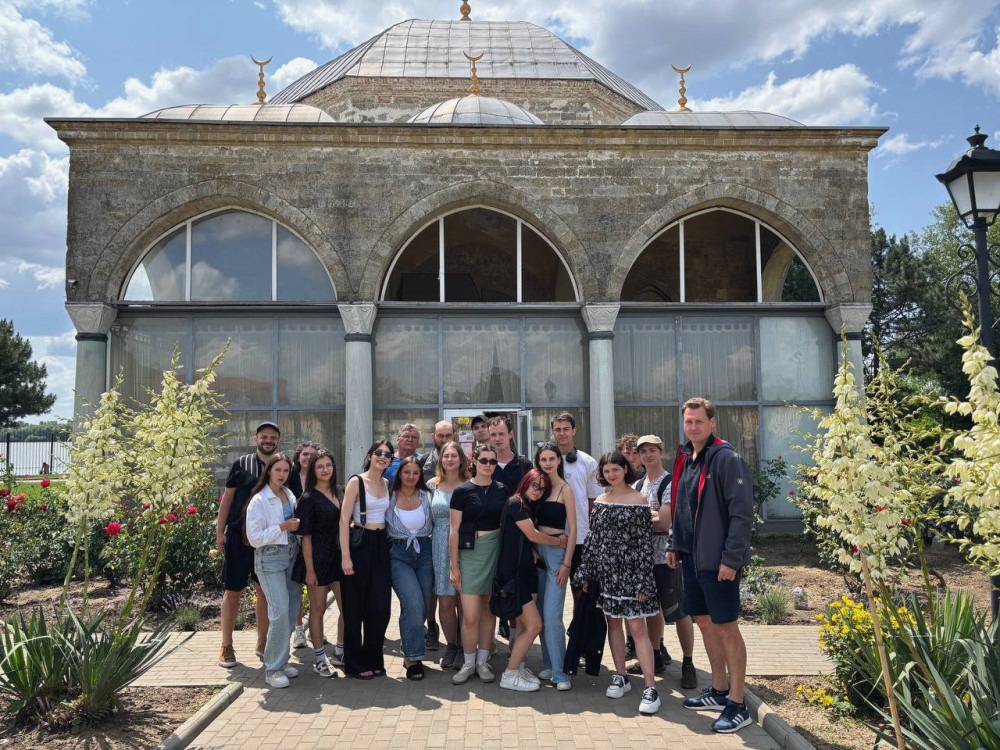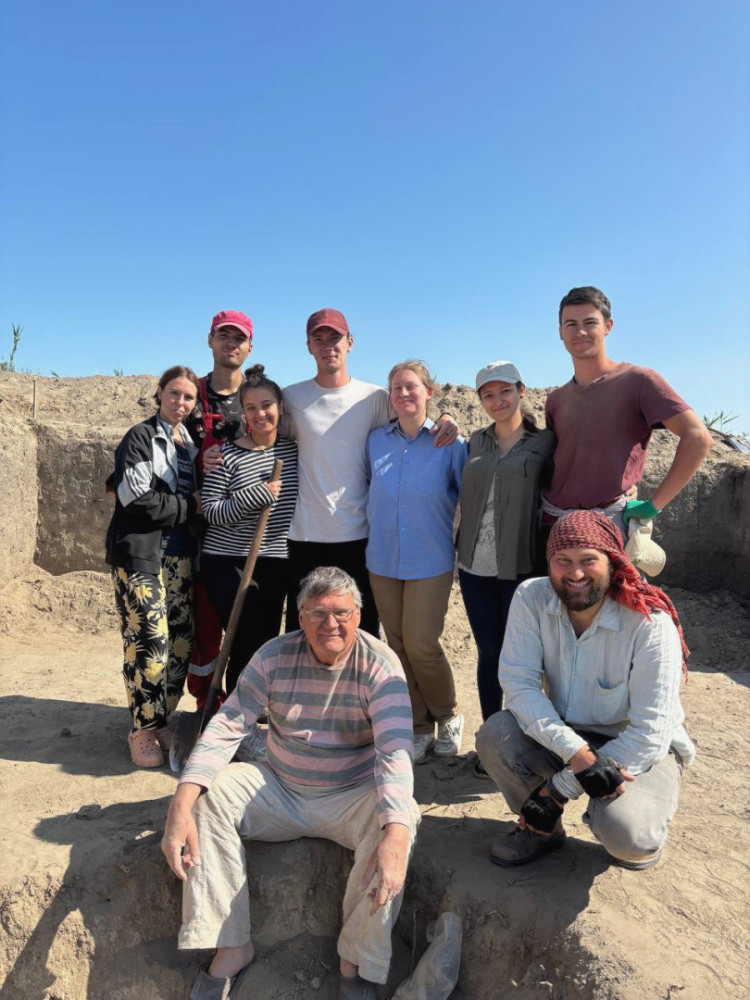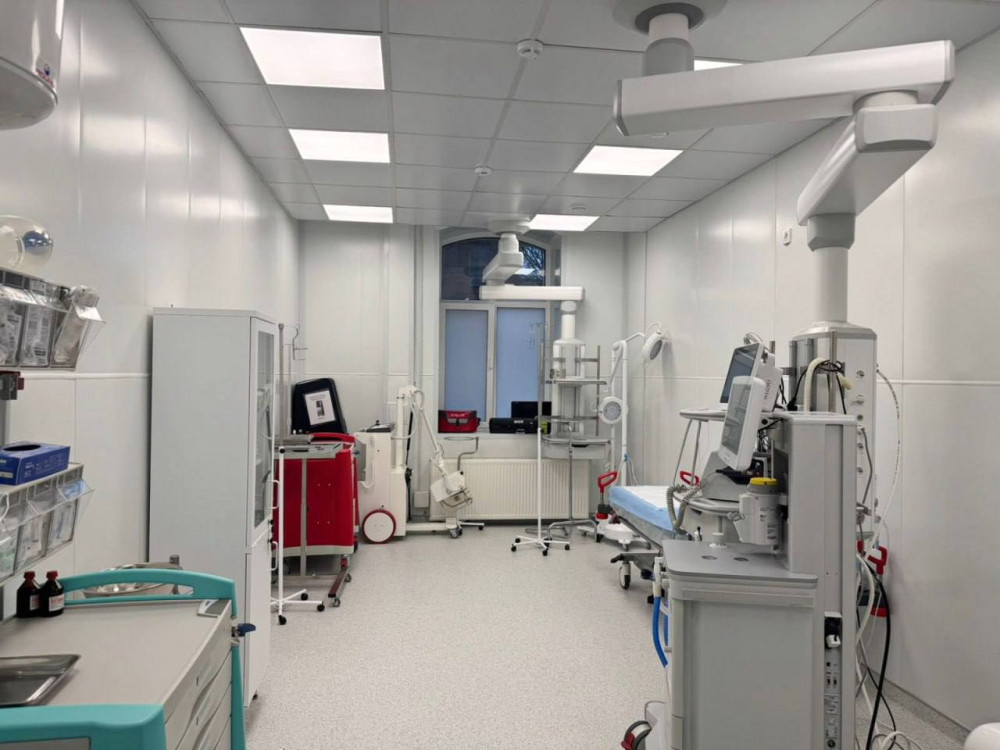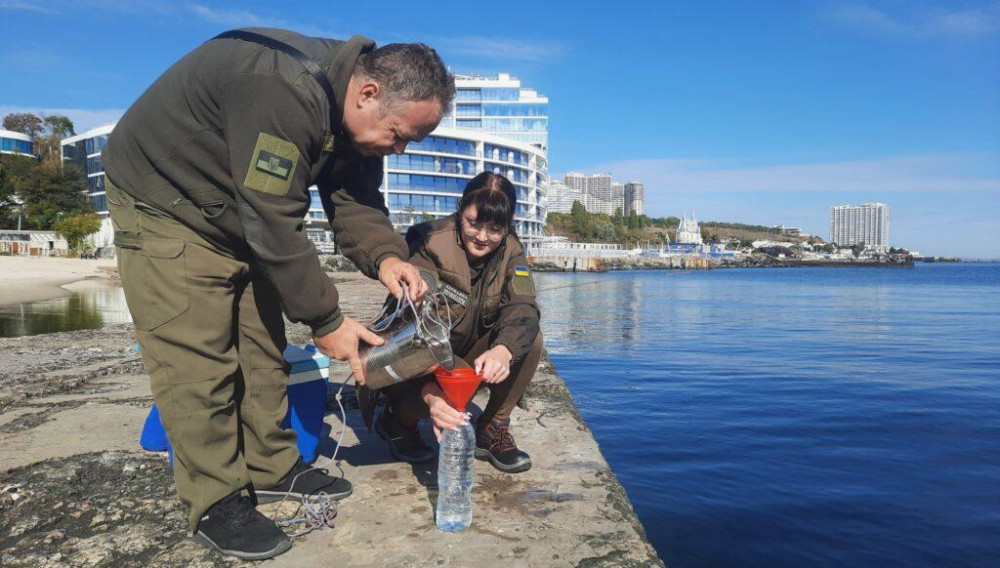New Archaeological Discoveries in Odesa Region
Researchers from the South Ukrainian National Pedagogical University named after K. D. Ushynsky have completed a new expedition in the Odesa region, marking the first since the onset of the full-scale invasion. Unique discoveries include Roman coins, military artifacts, and burials of ancient cultures found near a crucial crossing of the Danube.
According to information from the university's website, excavations took place in the village of Orlivka in the Reni district, led by Dr. Ihor Bruyako and assistant Vladyslav Vodko. The research was conducted around Kamiana Hora, a geological formation that housed a Roman border fortress during antiquity.
This elevation controlled the narrowest part of the Danube and has been a strategically important crossing point since ancient times. Archaeological findings confirm the historical significance of this site as a key border point of the Roman Empire.
"This elevation controlled the narrowest part of the Danube, which has long served as a vital crossing point," university officials stated.
Among the most significant discoveries were Roman coins from emperors Antoninus Pius and Constantius II, dating to various periods. Other findings include military-type fibulae, a red-lacquered ceramic lamp, and a fragment of a late Bronze Age stone mace.
Of particular value are two discovered burials, one of which likely belongs to the Cherniakhiv culture that existed in Ukraine from the 2nd to the 5th centuries AD. These findings enhance the understanding of settlement history and cultural connections in the region during ancient times.



